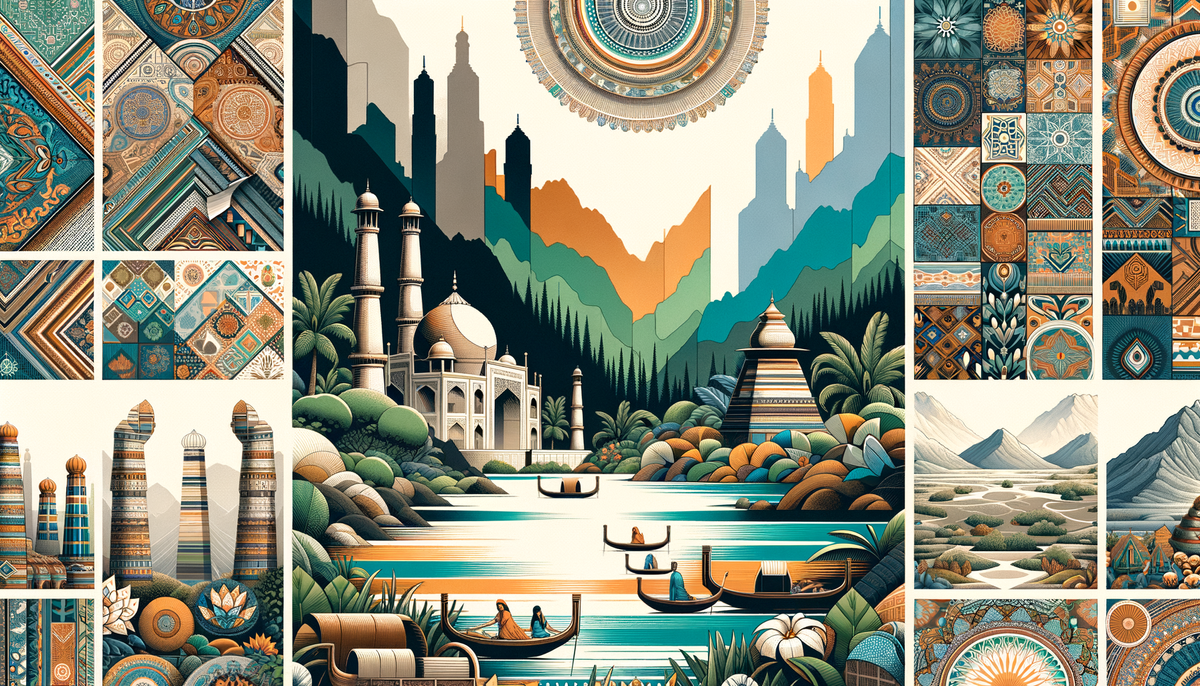The Influence of India's Geographic Diversity on Traditional and Modern Design Inspirations
Discover how India's vast geographic diversity influences both traditional and modern design inspirations, blending regional aesthetics with contemporary innovation.

The Canvas of India's Geography
India, with its vast geographic expanse, covers a remarkable diversity of landscapes, climates, and cultures. From the snow-clad Himalayas in the north to the sun-kissed beaches in the south, each region of India offers a unique palette of colors, textures, and patterns. Understanding this geographic diversity is pivotal in grasping how India's traditional and modern design inspirations have evolved over the centuries.
Traditional Designs Rooted in Regional Diversity
Historically, India's varied geography has played a crucial role in shaping regional design sensibilities. For example, the intricate carvings of Rajasthan's palaces are inspired by the arid desert landscapes, using local stone and reflecting the warm hues of the sand. Conversely, the lush greenery of Kerala is mirrored in its traditional wooden architecture, known for its intricate woodwork and open courtyards that promote ventilation and integrate seamlessly with the natural surroundings.
Modern Design: The Fusion of Tradition and Innovation
Modern Indian design is a fascinating blend of traditional influences and contemporary innovation. Designers often draw from regional aesthetics, incorporating traditional materials and techniques into modern frameworks. This fusion not only preserves the cultural heritage but also brings a unique dynamism to contemporary spaces. For instance, minimalist interiors may feature indigenous textiles or handcrafted decor elements that infuse a touch of India's rich heritage into sleek, modern designs.
Geographic Inspirations in Urban Design
Urbanization in India has led to a new wave of design considerations that account for both regional characteristics and global trends. Cities like Bengaluru, known for their lush parks, incorporate green spaces within urban settings to maintain ecological balance. On the other hand, coastal cities like Mumbai face unique design challenges due to their proximity to the sea, necessitating innovative approaches to urban development and architecture that can withstand coastal weather conditions.
Conclusion: A Journey of Aesthetic Discovery
Exploring India's geographic diversity offers an endless journey of aesthetic discovery. Each region presents an opportunity to unearth new inspirations and adapt them into both traditional and modern design paradigms. As we continue to innovate and blend the old with the new, we celebrate India's rich cultural tapestry through design. To dive deeper into how India's size and location contribute to its diverse culture and design sensibilities, you can explore more details here.



